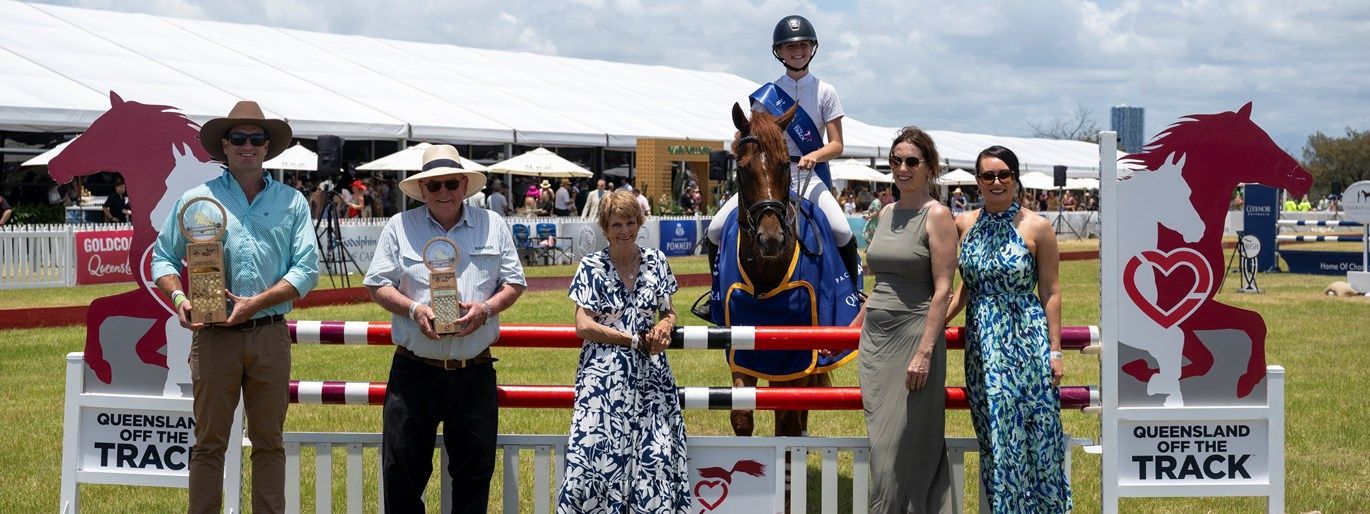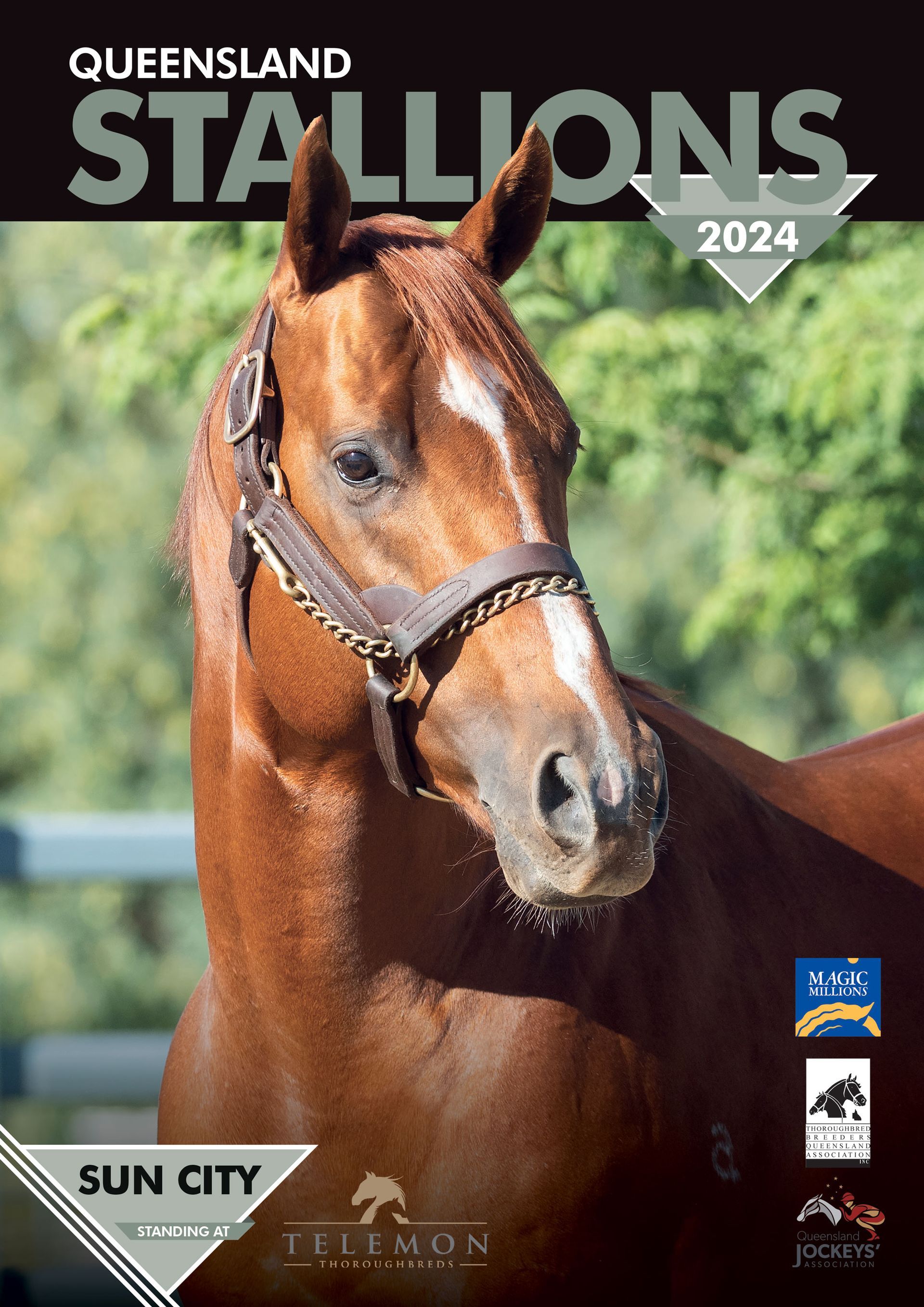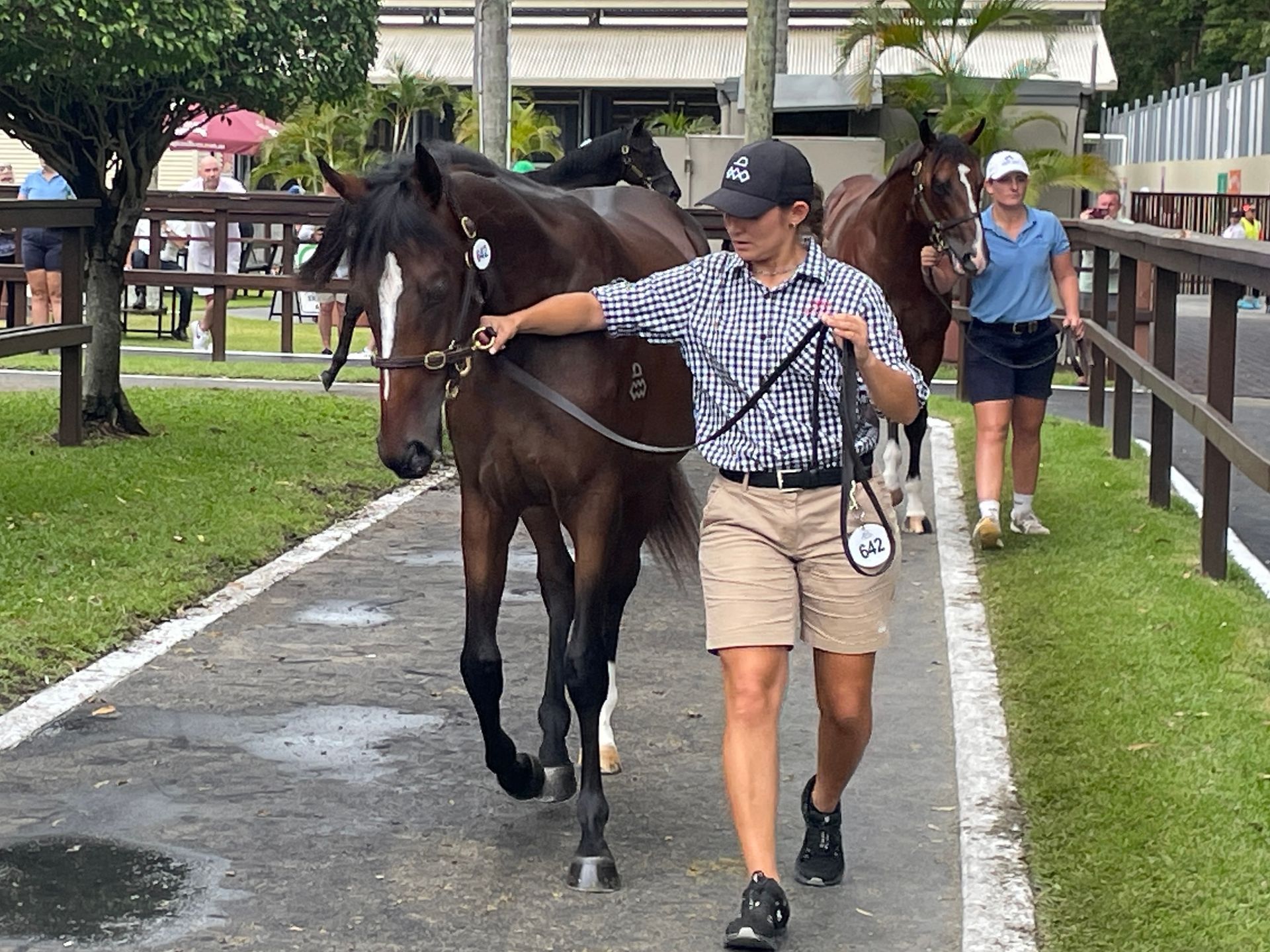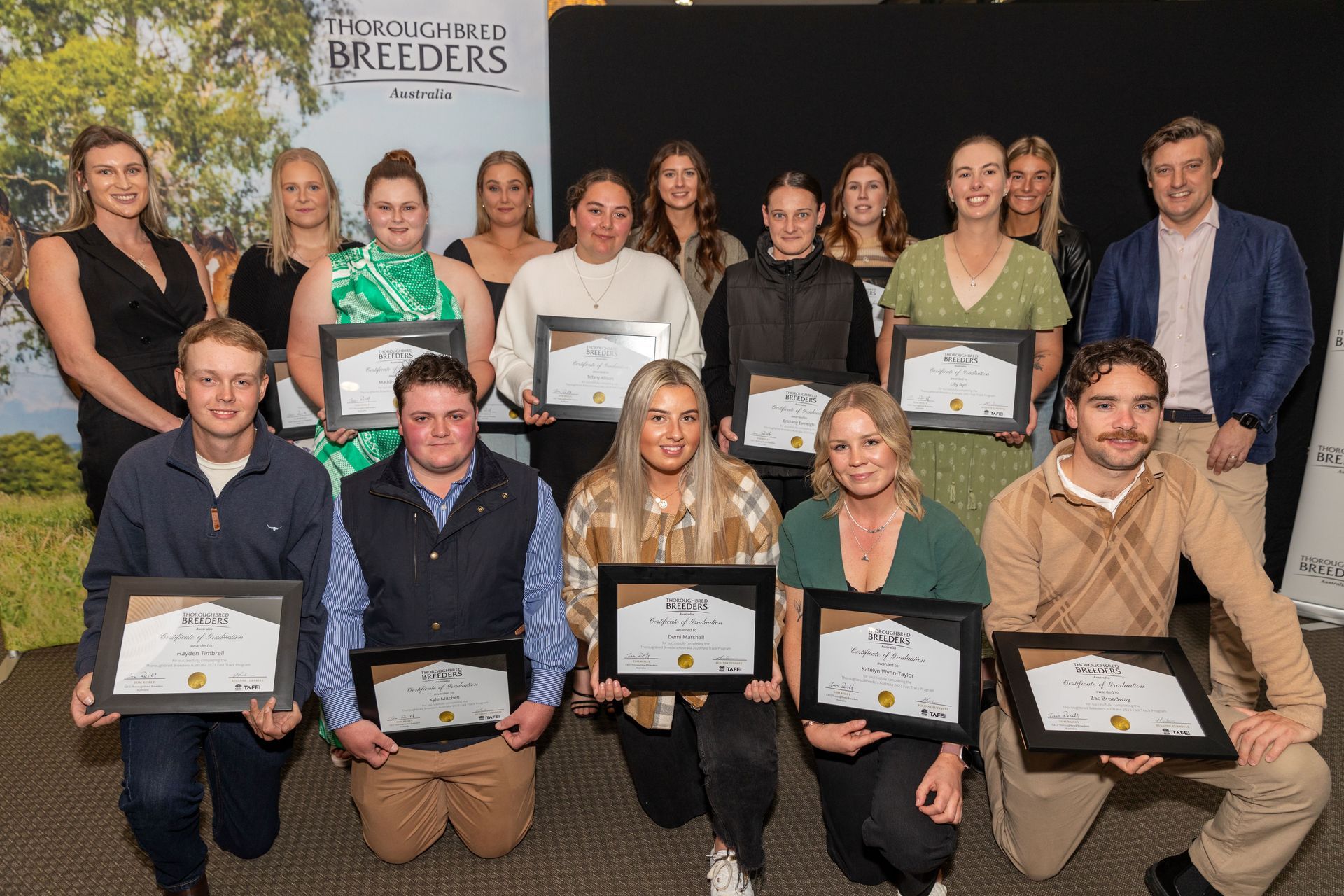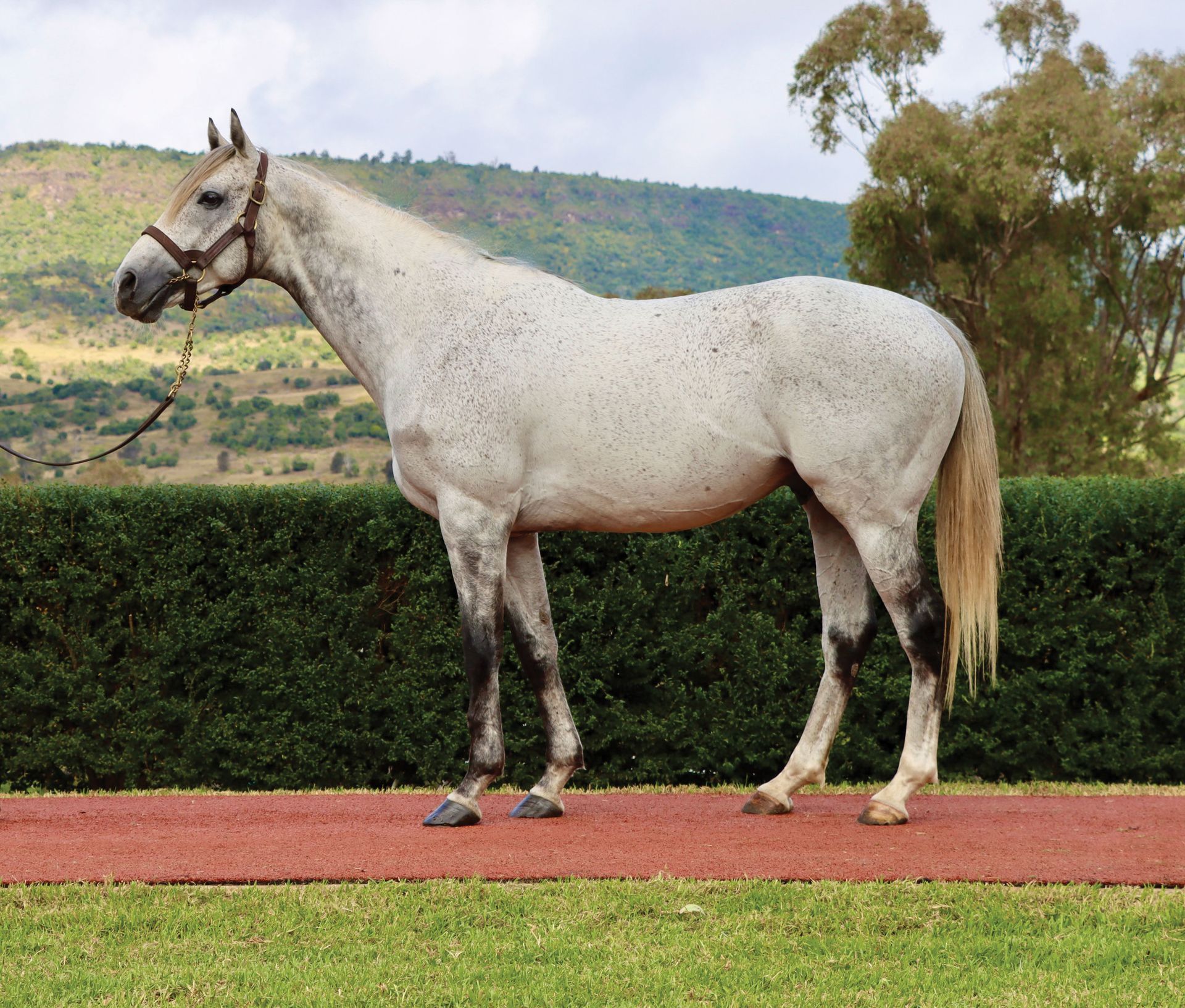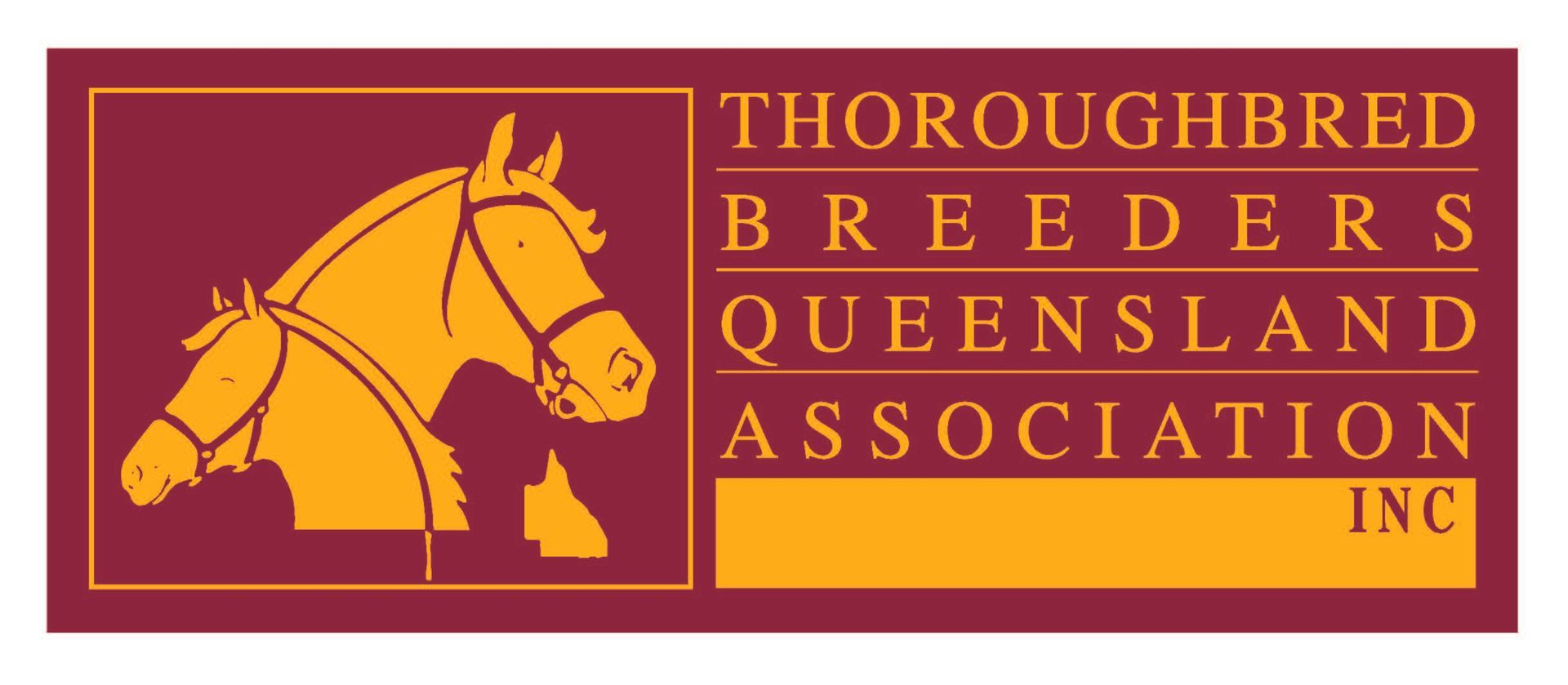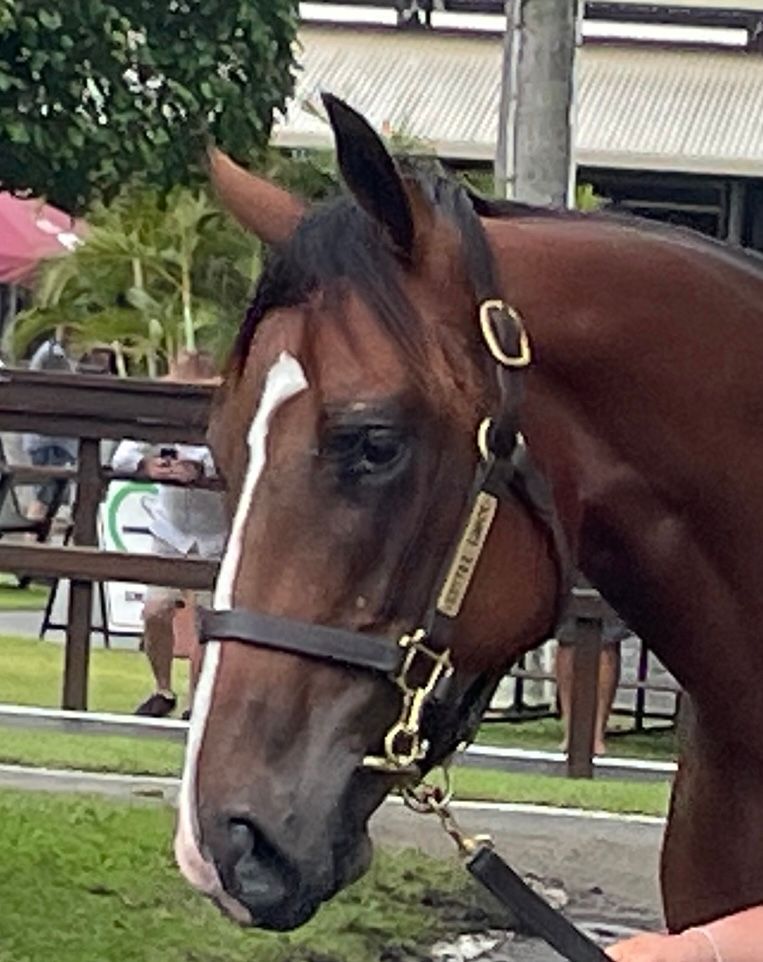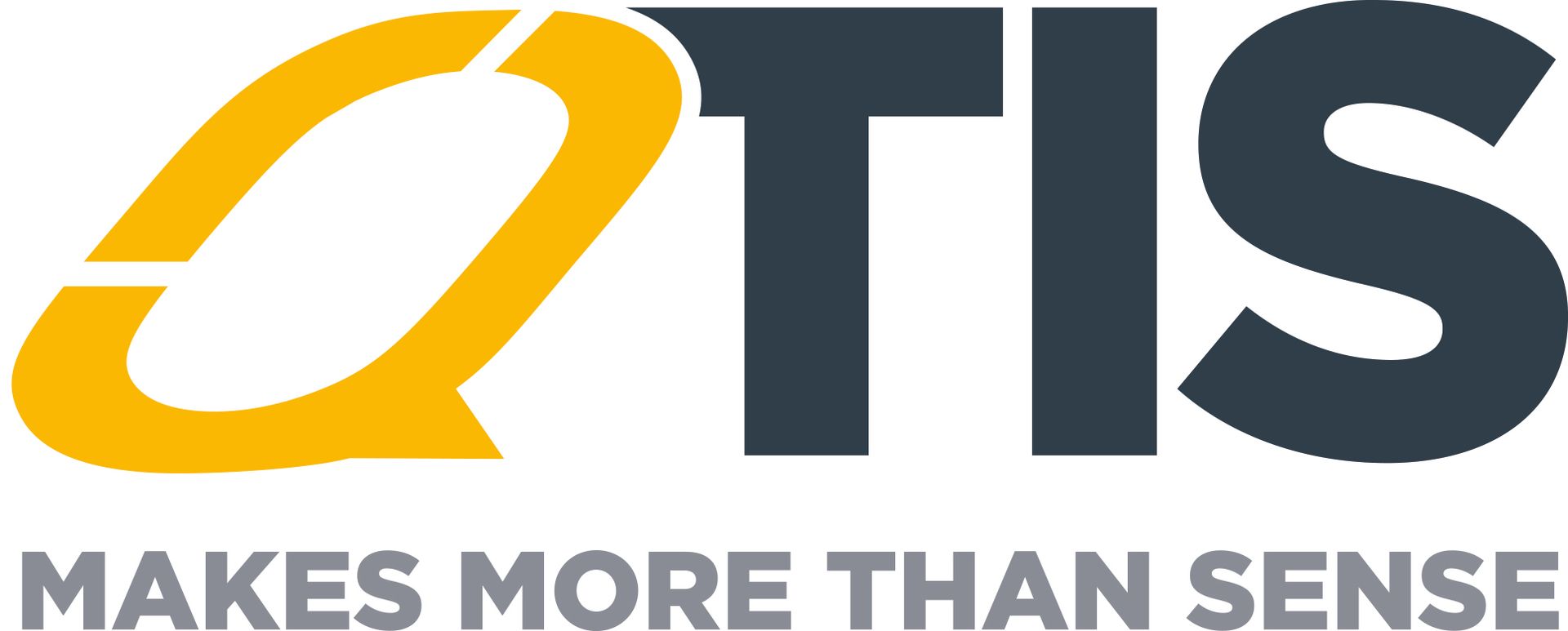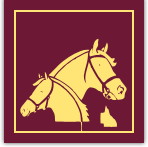
-

Slide title
Write your caption hereButton -

Slide title
Write your caption hereButton -

Slide title
Write your caption hereButton -

Slide title
Write your caption hereButton -

Slide title
Write your caption hereButton -

Slide title
Write your caption hereButton -

Slide title
Write your caption hereButton
Why Breeders Should Visit Japan
I recently had the privilege of representing Thoroughbred Breeders Australia at the International Thoroughbred Breeders’ Federation (ITBF) Conference in Japan from May 19-23. It was a two-day conference in Tokyo followed by a three-day tour of racecourses and studs. The ITBF has 27 member countries, and 70 delegates from 20 countries attended this conference, hosted by the Japan Bloodhorse Breeders’ Association (JBBA)
Day one was a veterinary seminar which was very enlightening as to how all the different countries have dealt with various diseases. America has been hit with a rotavirus infection in foals causing some deaths and they’re working on a vaccination for that. From what was outlined about their various challenges with disease and research, I don’t think they are anywhere near advanced as Australia.
Japan is big on genomic testing of horses because they’re concerned someone may manipulate the structure of the genes. Genomics is the study of all the genes in a person or animal, and how they interact with each other and the environment. Genes are made of DNA. DNA is organized into chromosomes which are divided into genes. Genomics help us understand why some people or animals are more prone to certain diseases, traits or behaviour. It can also help diagnose and treat diseases based on genetic makeup. Japan is very advanced in genomic testing, and it was interesting to note that Australia is the only other country involved with this testing with research underway in Scone, NSW.
I was quite surprised to discover that England and Ireland have very little money to spend on equine research and are lagging a long way behind other countries in this field. Australia, through AgriFutures and our research levy with the Federal Government, is thankfully able to fund numerous equine research programs. While this levy was initially controversial, I have no doubt that it is very important and very well spent on our projects here. We are making big inroads for developing vaccines and an understanding of a lot of diseases that affect Australian horses. I was very proud for other countries’ representatives to hear what we have achieved and our future plans.
At the AGM, everyone had a say on what was happening in their part of the world. The Chairman, Kirsten Rausing is from England (she bred Zaaki), and has been Chairman for a number of years. She was reelected for the next term (two years) which will be her last.
Following the conference we attended the Japanese Oaks in Tokyo. I was amazed at how enthusiastic and passionate the attendees were. There was 50,000 people. Betting is limited to their tote which is run by the Japanese Racing Association (JRA). The JRA get 15% of all wagering to run racing and 10% goes back to the breeders in prizemoney incentives. The prizemoney is very lucrative; for example, Darley has a stud there and 80% of their income comes from prizemoney. There are only 20 races open to foreign horses across the entire year, and the 2yo and 3yo races are restricted to Japanese horses.
The JRA has 12 racecourses and runs two meetings per week, on a Saturday and Sunday. The National Association of Racing (NAR) manages the ‘second tier’ of racehorses and holds meetings every Monday to Friday on one of their 13 courses. It was not just a fantastic day of racing, but very interesting to learn how successfully they manage their industry.
We then enjoyed three days of stud tours on the Island of Hokkaido visiting some of the most prestigious stud farms in the world. This incredible trip included Shadaii Stallion Station (home to the revered ‘Equinox’, Longines World’s Best Racehorse of 2023), Darley Japan Stallion Complex and Shizunai Stallion Station, as well as the Japanese Racing Association (JRA) Hidaka Training Farm and the Bloodhorse Training Centre.
I was fascinated to learn that the JRA owns two training farms - Hidaka Training and Research Centre in Hokkaido and Miyazaki Yearling Training Farm in Kyushu Island. They conduct basic training on about 80 yearlings purchased at various sales until the spring of two years old. The information and training data obtained during this period are passed on broadly to breeders and training farms, and used to improve Japan's horse population. After the research in the basic training period, the horses are sold in the training sales such as the JRA Breeze Up Sale, and then follow-up research is conducted on how they perform as racehorses. The Centre also conducts research on various topics, such as breeding, nutrition, physical science, horseshoeing, clinical practice, etc., to develop the best suited management system and technology appropriate with Japan's weather and climate. On top of that, they have a fabulous training program to help young people get into the racing industry, be it breeding, training or as a jockey.
We visited the Hidaka Centre, which was absolutely breathtaking and a massive operation, covering 1,500 hectares. I have never seen anything like it in the world. It has various tracks for training - including three indoor tracks, one is 1400m, that were built because winter temperatures drop to minus 25.
We then went to Shadaii Stallion Station (home to the revered ‘Equinox’, Longines World’s Best Racehorse of 2023). They stand 31 stallions; we saw 8 of them. It was the start of the breeding season, so we were very privileged to be there at such a busy time and it was fascinating to see their setup. It was a magnificent place, and the highlight or me was seeing Equinox.
It was interesting to visit Northern Farm. They have 802 horses in their breeding section and 400 in training. It is the main facility for sales, and it was fascinating to learn that the foal sales are considered the most popular and prestigious sale. They will sell about 300 foals in one sale, and they sell the best-bred foals at this time. The foals are more expensive than the yearlings! The Farm also holds a yearling and broodmare sale, but the foal sale is the most prestigious and important sale of the year.
It was a fantastic trip, that I was very privileged and grateful to experience, and I have learnt a lot. I would highly recommend anyone in the industry to visit Japan and their amazing Breeding and racing facilities if you ever have the opportunity.
- Basil Nolan, President TBA and TBQA
